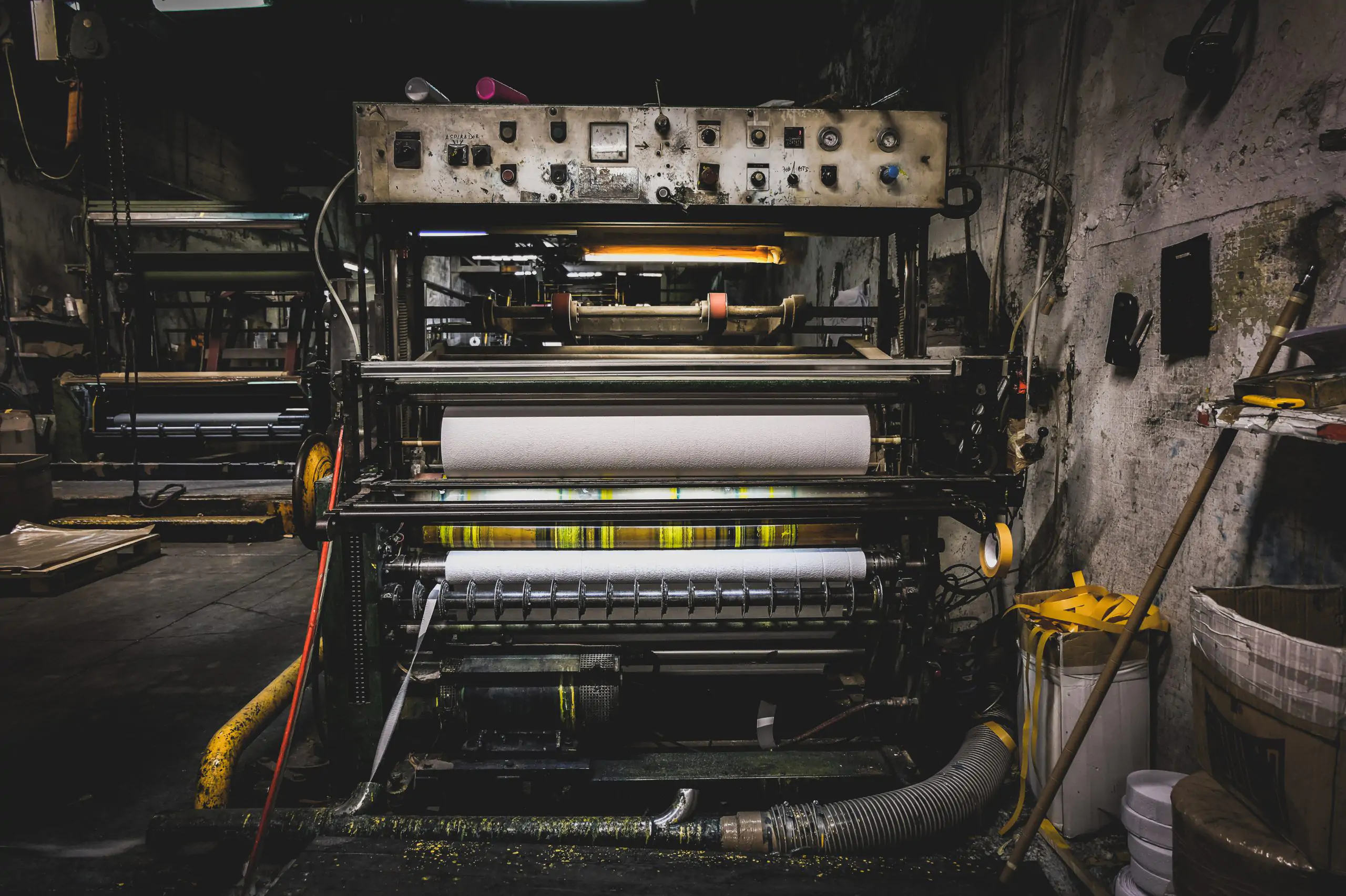Gravure printing is a printing technique in which the parts we print are lower than the non-printed parts. We make recesses in a printing plate, then cover the plate with ink. We then remove the excess ink from the plate, leaving only the recesses with ink. After this, we apply damp paper to the board and press it together, often using heavy rollers or two cylinders. After removing the paper, the ink is drawn into the paper by the compression.
In addition, there is a variation of this technique called blind embossing. In blind embossing, we do not use ink; instead, the image is printed in relief.
Different types of gravure printing
Gravure printing has several types, the difference being in the way the sunken parts are made. These methods are divided into dry techniques and wet techniques.
Dry techniques include:
- Dry needle
- Mezzotint
- Copper engraving or burin engraving
Wet techniques include:
- Lijnets
- Aquatint
- Sugar quatint
- Vernis-mou
Dry techniques
In dry techniques, we carve directly into the material, creating grooves. These techniques are suitable for metals, wood and plastic. We usually use zinc or copper as our material. The tools we use for carving vary by technique. Dry needling uses a hard steel etching needle, mezzotint uses a cradle iron, scraper and polishing steel, and engraving uses a burin or engraving pen.
Wet techniques
In wet techniques, the material to be printed is etched away through a chemical reaction. In etching, a layer of acid-resistant etching ground, such as resin, is applied to a metal plate. After drying, we cover the plate with ink and then in a container of etching acid to achieve the desired effect. The acid causes the metal to disappear from the drawn lines, creating grooves. We then fill these grooves with ink. Aquatint, sugar aquatint and varnish-mou work in a similar way to etching.
There is also a new method of gravure printing called photopolymer. Here we apply a light-sensitive gel in the form of a film to a zinc plate. By exposure with light, this gel hardens. The parts on which no light falls remain soft. We then wash this soft gel from the plate, creating height differences. Using this method, photographs, among other things, can be transferred to zinc.
Gravure printing is generally a costly technique. This is because the covering of the cylinder on which the image and/or text is engraved must be reapplied after printing a particular work. Therefore, this technique is less suitable for small print runs, but rather interesting for large print runs. A print run of, say, 1,000,000 is no problem. In addition, gravure printing offers more possibilities in terms of colors compared to digital printing, for example.
Discover the endless possibilities of gravure printing on a variety of materials. Get in touch, ask an offer to or visit our showroom for more information!"
What can you expect from us?
Our versatility ensures a huge diversity in satisfied customers. These include companies from every imaginable industry, artists, bands, influencers and sports clubs. Together we will find the items that really strengthen your brand and message commercially. Always based on budget and wishes. Personal contact and flexibility are most important to us.
- More than 25 years of experienceactive since 1999
- One-stop shoppingwe provide design, production and distribution
- Unique productsmore than 30,000 products available from stock
- Fast deliveryemergency service is the standard
- Sustainablewide selection of sustainable promotional items
- Reliablealways 100% customer satisfaction guarantee
For whom
View Overview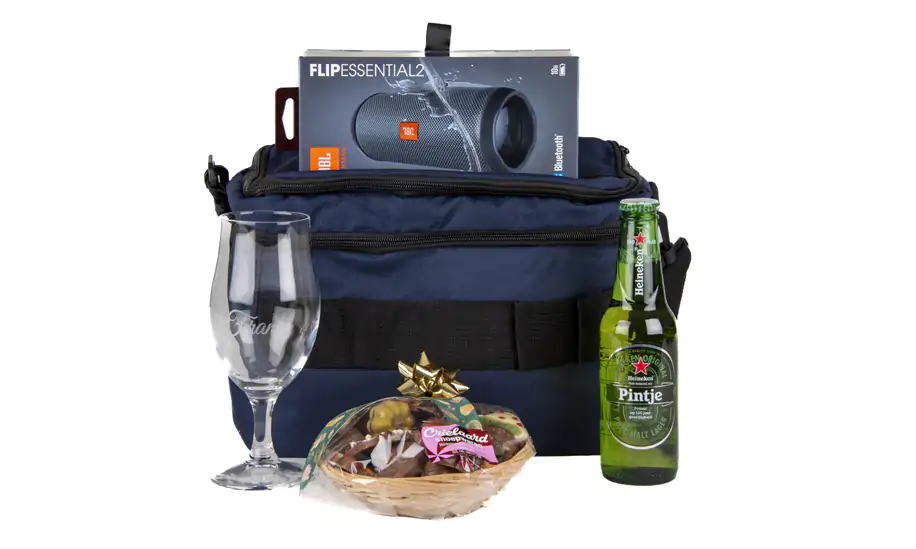
Business gifts
Business gifts come in all shapes and sizes, but Eigenlabel Merchandise does it just a little bit different than all the others. We always ask the questions; what is your budget and to whom are you going to hand out the package? A business gift package is available from € 20.
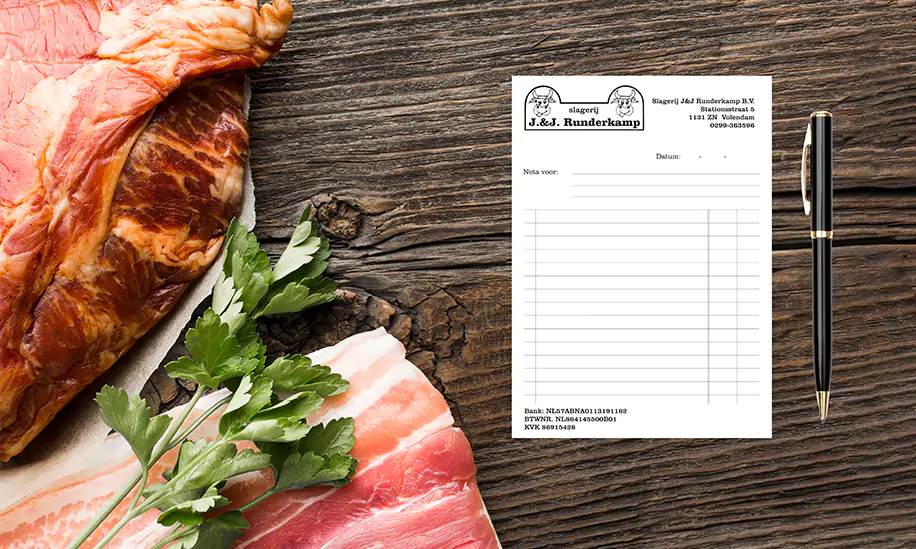
Printing and packaging
We offer a wide range of printing services, from business cards to product packaging. Whether you are looking for professional business cards, unique product packaging, handy block notes, personalized tape, stylish gift boxes, eye-catching stickers, practical coasters, elegant envelopes or custom bags, we have it all.
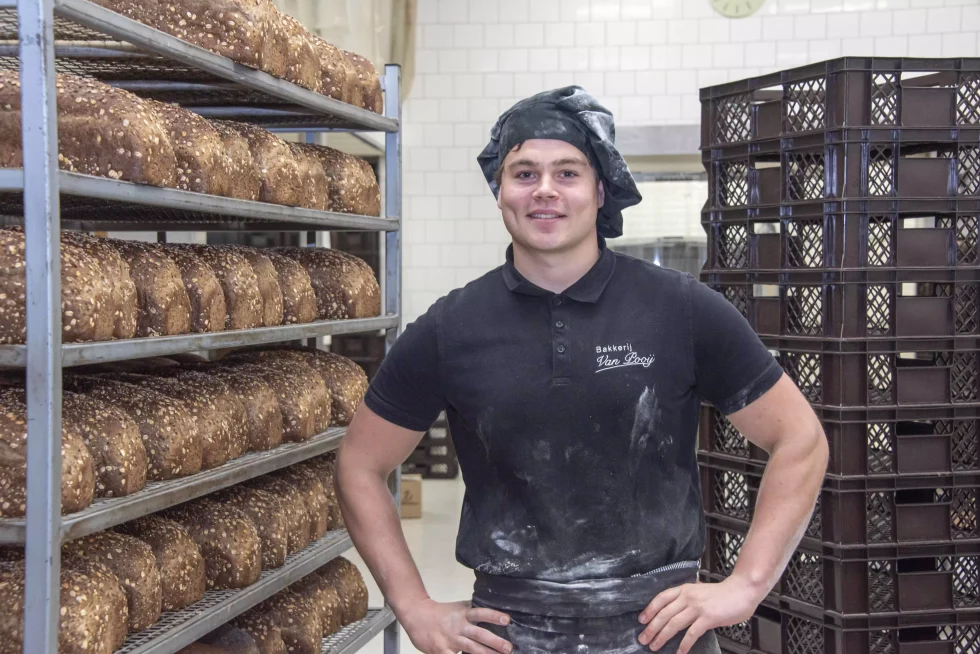
(Work) clothes
Workwear must be distinctive, comfortable, functional but also beautiful. Eigenlabel Merchandise has its roots in the clothing industry and has been supplying custom printed workwear to every conceivable industry for decades.
The price strongly depends on several factors such as quality and method of printing. We can supply t-shirts from as little as €10 per piece and sweaters from €20 per piece including printing.
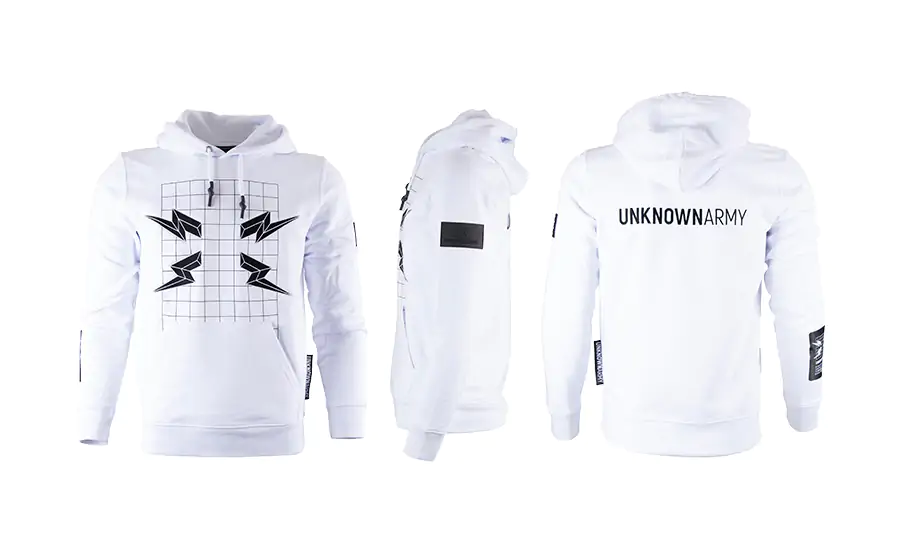
Own labels and merchandise
Want to start your own clothing label or looking for custom merchandise? We help develop unique collections completely tailored to your brand or business. From clothing with personalized neck labels, woven labels and printing to complete merchandise lines with accessories - we realize your vision.
Whether for your own fashion label, sports team, event or corporate promotion, we offer high quality, flexible print runs and a wide range of personalization options.
Travel Accessories
Complete your trip with our selection of travel accessories. From smart suitcase trackers to convenient travel kits, we offer everything you need for a worry-free travel experience. Protect your luggage, keep your personal data safe and enjoy every moment on the road with our high-quality products.
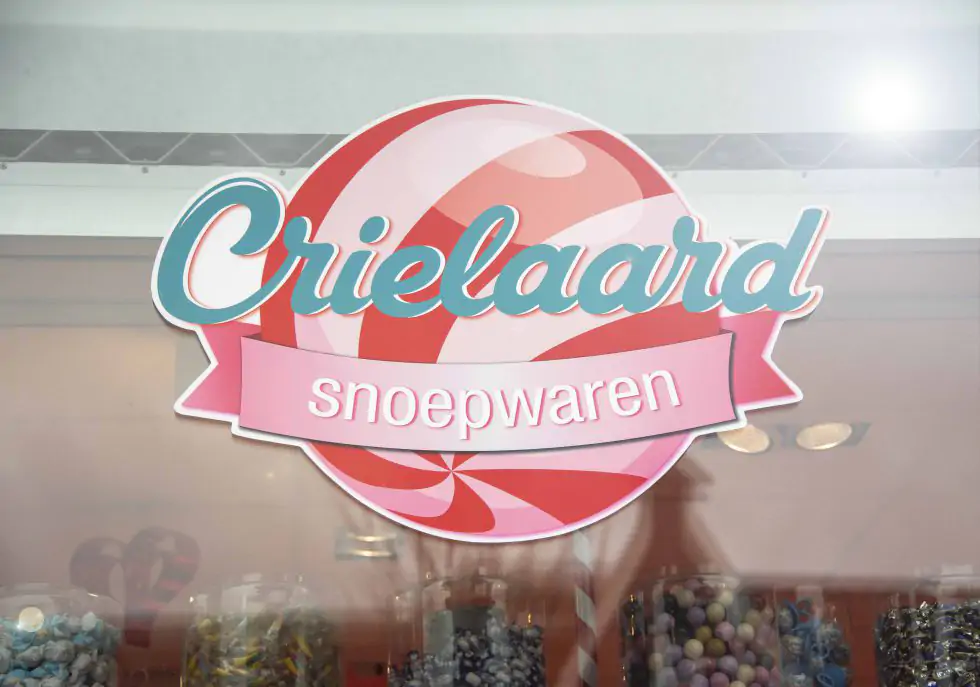
Indoor and outdoor advertising
All companies, sports clubs and other organizations use indoor and outdoor advertising. Think of lettering of facade and vehicle fleet, but also billboards, flags and banners on the construction site and along the sports fields. Signage in and around the premises. Stickers, leaflets and flyers. Everything with your logo, for better visibility and findability.
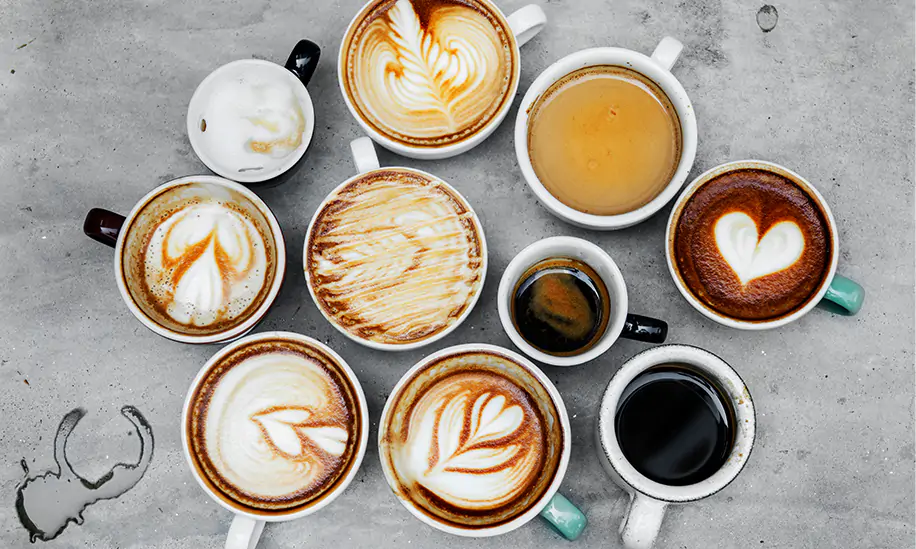
Dining and Drinking Utensils
The government wants to drastically reduce the use of disposable cups and bottles. One of the solutions to this may be to replace them with cups, mugs and drinking glasses at coffee-drink vending machines and in company cafeterias.
We have a very wide range of coffee mugs, drinking glasses and reusable drinking cups, all of which can of course be personalized with your name or logo. If desired, even personalized, so that everyone can use their own mug or glass every time, and therefore be held responsible for cleaning up and washing up.
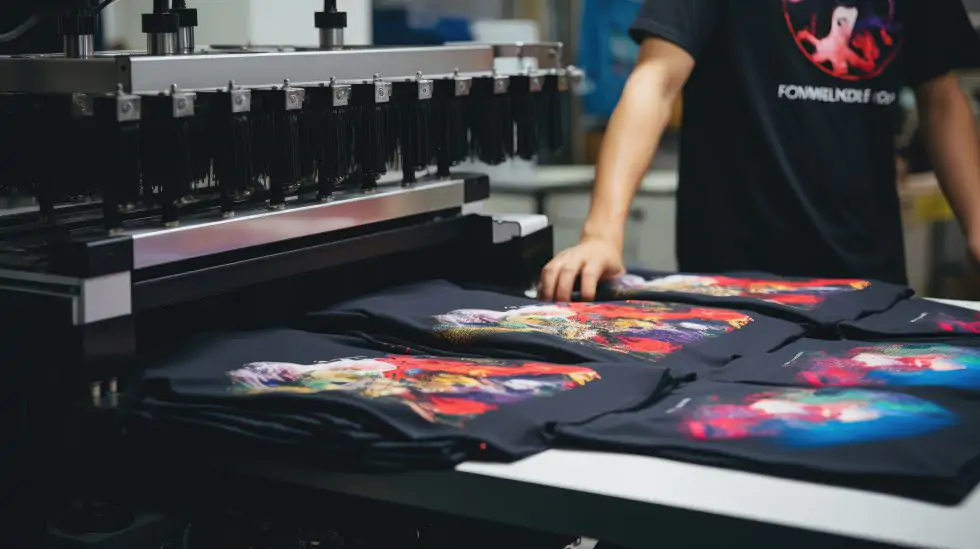
Printing Techniques
Because we offer such a wide range of different products, we also have a diverse number of different printing techniques in-house. Digital printing, laser engraving, pad printing, screen printing, transfer printing or UV printing.
Sample, brochure or advice!
Through our years of experience in this field, we put together items that fit completely within the "look and feel" of the person or organization in question. Feel free to contact us for free advice, our brochure or sample!

